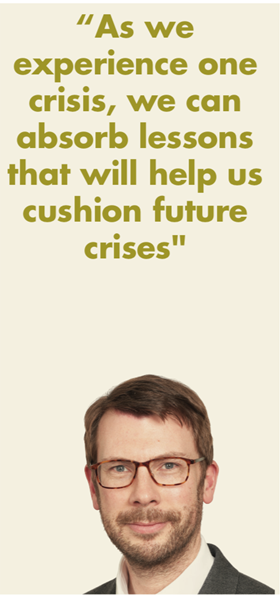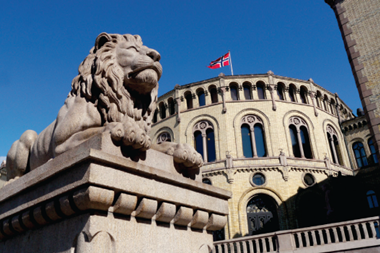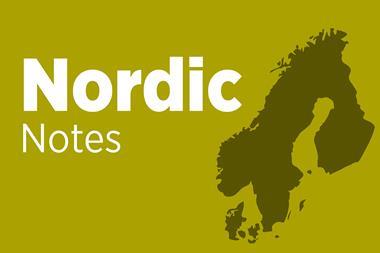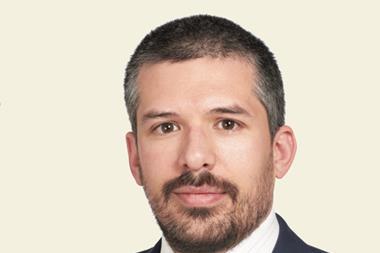Back in March 2020 as the extent of the coronavirus in western Europe was becoming clear, Risto Murto, president and CEO of the €49bn Finnish pension insurer Varma, called for the creation of “healthcare buffers” to mitigate the effects of future pandemics.
Murto was not to know the full extent of the damage that COVID-19 would wreak on people and on the global economy. The impact on markets and economies – and pension fund balance sheets – is still far from clear.
But his advice should not be forgotten as we hopefully move to the end-phase of COVID-19, if not its economic fallout, following the recent announcement of two successful vaccine trials.
One key lesson is that this pandemic is no ‘black swan’. Far from it: SARS, swine flu and MERS, all within the last two decades, should have been a warning signal to the West that pandemics are real, and can wreak damage on human health and welfare, as well as on economies. If we are to ‘build back better’, to borrow President Elect Biden’s election slogan, healthcare resilience should be one of the key focuses of the post-pandemic recovery.
Policies in those Asian countries that have weathered COVID-19 well should be closely studied: they learned lessons from SARS and other pandemics. There is a risk that Western policymakers may overlook the importance of healthcare resilience as attention focuses on the economic fallout and recovery.
Better supply of personal protective equipment, for instance, hospital surge capacity, access to tests and effective contact tracing systems or the ability to create these, will all be important, as will international co-ordination of policy and healthcare responses.
Under US President Barack Obama, the 2009 G20 summit in Pittsburgh agreed necessary measures to bolster financial regulation with the creation of institutions like the Financial Stability Board, to raise banking capital standards, and to reform markets in areas like over-the-counter derivatives through central clearing counterparties.
While some parts of the financial system have returned to business as usual in the last decade, banks were in a far better position to weather the financial storms at the start of 2020 than they were in 2008, and financial architecture is generally more robust thanks to these policies.
As Italy prepares to assume the presidency of the G20 in 2021, doubtless there will be a focus on ways to increase the structural resilience of economies. Healthcare infrastructure should be part of that.

Governments know pension funds and insurers are captive bond buyers. But institutional investors are well positioned to lead a debate about ‘building back better’, and what that should mean in terms of social bond issuance, for instance.
Pension funds are already important buyers of green and social bonds and more governments and corporates can be expected to issue such debt; Germany and the UK being the latest to issue green bonds or to signal future intent.
Pension funds can also be expected to carry on ploughing assets into infrastructure that will help the transition to low-carbon economies as their liabilities increase. Dutch pension funds have already pledged to invest more in the domestic economy, following numerous calls from politicians.
Investors might pledge to support future issuances of impact bonds targeted at increasing the resilience of healthcare systems, for instance. As a trade off, they might also pledge to invest greater sums in domestic focused venture capital or growth equity funds, for instance – a promise that would please many politicians and policymakers.
With trillions in assets, pension funds should be clear both about their financial footprint and the overlapping self interests involved in investment in ESG, impact and future societal resilience.
Speaking at a recent IPE webinar, another Finn, Timo Löyttyniemi, previously vice-chairof the EU’s Single Resolution Board and now CEO of VER, the State Pension Fund of Finland, outlined his own lessons from the coronavirus crisis.
Among them was a widespread misunderstanding of financial risks: in Löyttyniemi’s view, many people see risk management as a tool that should eliminate risk entirely. In contrast, as we all know, financial risk is also the source of financial return.
Understanding that dual nature of risk, simultaneously as a source of loss and gain, is crucial in other areas too. As we experience one crisis, we can absorb lessons that will help us cushion future crises.
Next year might be the first of the post-COVID-19 years but it will not be the last time we experience a pandemic.
Institutional investors are beginning to understand risks more holistically – be they financial, environmental or social. They also have the long-term perspective to clearly understand the consequences of crises and to help foster a holistic policy response that will help us, and future generations, to mitigate some of the worst effects of future occurrences. They are in a good position to effect change.
Liam Kennedy, Editor
liam.kennedy@ipe.com


















No comments yet